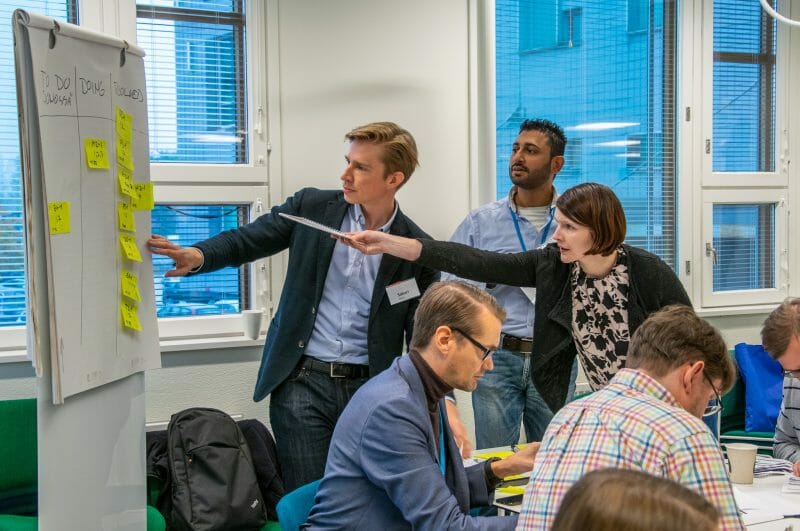Learn how Service Integration and Management can support your company’s digital transformation journey
Multi-sourced operating model is the name of the game
Historically, IT organizations have deployed a one stop-shop supplier model to minimize risk and the need of management. Today, in the aftermath of rapid technology developments and increasingly changing business needs, this has proven costly and rigid in addressing evolving objectives. For that reason, most organizations recognize the need to move towards a multi-sourced operating model – but some are yet to catch up. Multi-source models are more attractive because they allow IT organisations to move away from “indispensable” single service providers and towards a competitive supplier environment where they can capitalize on lower costs and optimized digital offerings.
The key challenges
However, as IT organizations continue to deal with large, fragmented portfolio of relationships, they face several key challenges, such as:
Figure 1: Most common challenges

In other words, governance and management complexity increased disproportionally compared to the primary sourcing benefits and the scale of services and relationships being sourced.
The solution and case example
One of Denmark’s top 20 firms has experienced similar challenges and hence sought Sofigate’s help in addressing them. After a couple of meetings, our proposed solution was simple – “a functioning Service Integration and Management (SIAM) function is what you are missing”.
As most organizations perform SIAM to some extent – even if they are not aware -, it is important to assess the current state of SIAM before proposing measures to strengthen it. Based on our experience, areas of Governance, People, Processes, Tooling and Contracts need to be at a certain level of maturity for a SIAM function to perform well.
What is Service Integration and Management
SIAM is a delivery model well suited for the age of digital transformation and the usage of new technologies such as cloud computing and should be an integral part of an overall operating model ensuring the performance of integrated end-to-end services supporting business outcomes.
There are a number of elements included in SIAM, which all need to be considered and addressed during a SIAM implementation. These are listed below in Figure 2 and will be addressed in more detail during the stages of the SIAM Roadmap outlined in Figure 3.
Figure 2: SIAM Elements

The stages of a SIAM implementation
Once a clear SIAM ecosystem is in place and performing well, consistency can prevail, and business transformation can happen. This can bring about unlimited benefits such as improved customer satisfaction, a higher quality of service, optimized costs, increased adoption rate of new technologies and especially more direct control over decision making and enforcing accountability.
If this resonates with you and your organization, we welcome you to get in touch with our leading SIAM expert Jørgen Christensen to discuss how to assess, plan, design, build, implement, run and improve SIAM, based on your strategy and current capabilities in order to get the right setup in place from the start. Our SIAM engagement is often starting with an efficient assessment identifying current and desired state. The gap is used as input for creating a SIAM roadmap including a high-level business case.
Figure 3: SIAM Roadmap

Get in touch with us
Reach out to Jørgen for a discussion and our opinion on how SIAM could create value within your organization and how to get started at jørgen.christensen@sofigate.com


